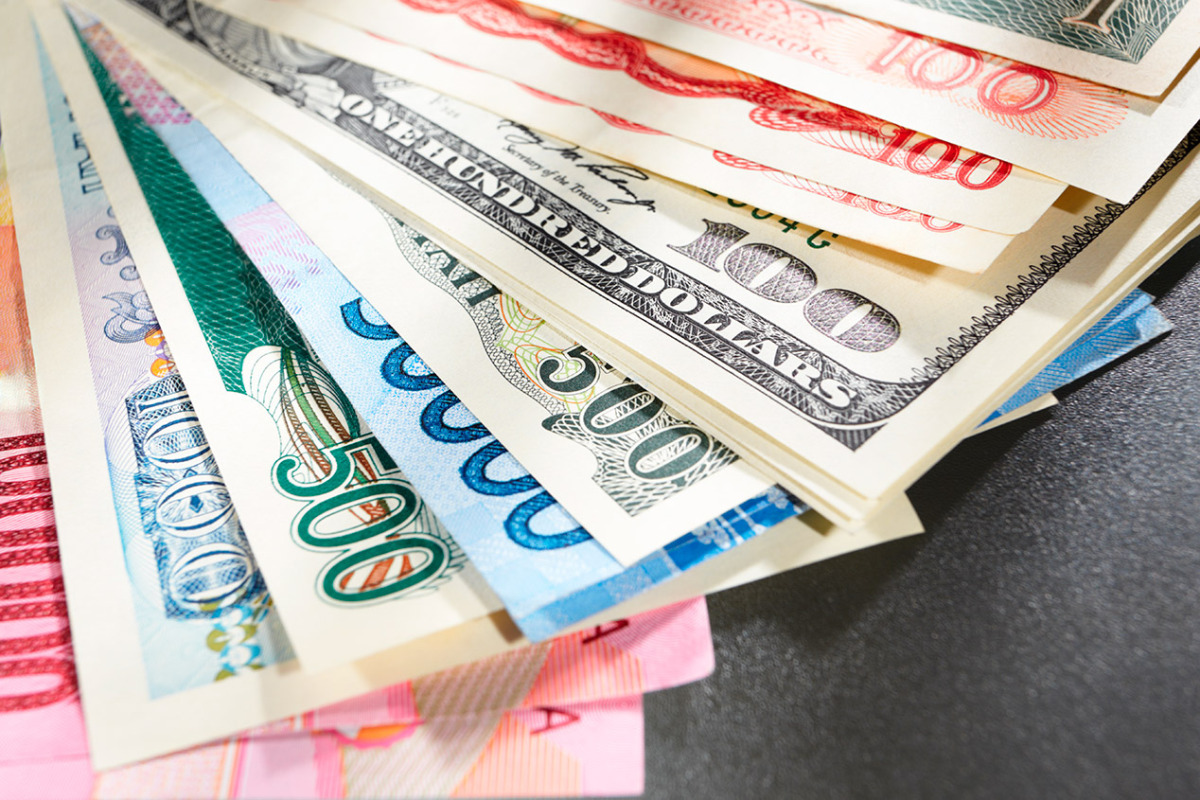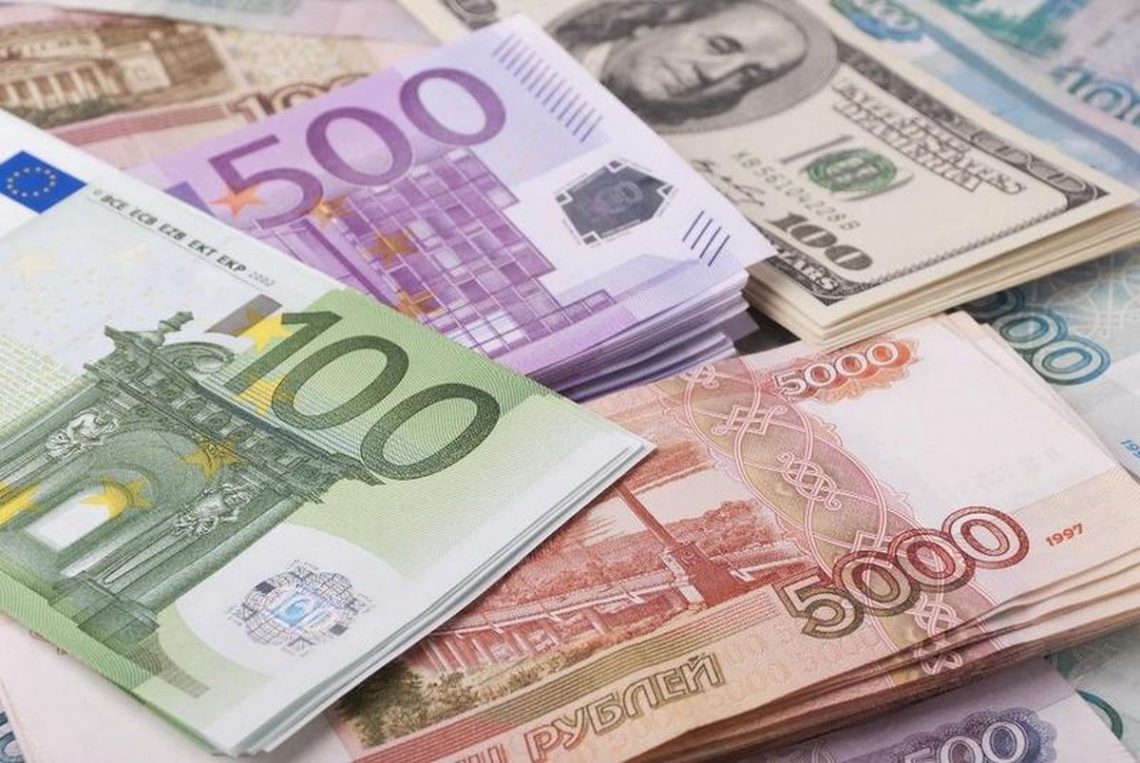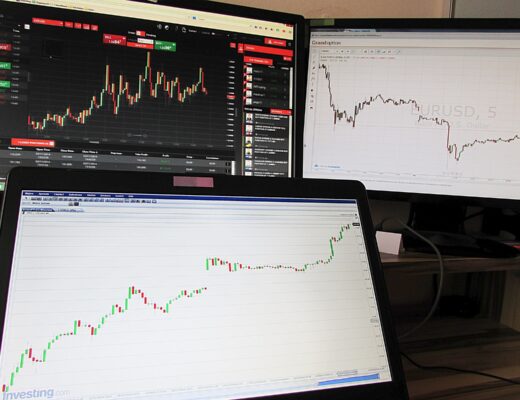In which cases currency intervention is used
Currency intervention is an instrument of national currency regulation, which is used by the central bank of the country. It consists of buying or selling a large amount of money over a certain period of time. The purpose of this procedure is to maintain the rate at the right level so as not to cause serious economic consequences for the state.
Often, currency intervention is carried out simultaneously by several central banks, agreeing among themselves to stabilize the world market. A vivid example of such cooperation is the G7 alliance and its decision to direct joint efforts to support the Japanese economy, which it needed after the earthquake. In order to increase the country’s competitiveness, measures were introduced to depreciate the yen against the dollar. In 2011, according to an agreement between central banks of Japan, Europe, the U.S. Federal Reserve, the yen was reduced by 2% within a few minutes.
Another function of currency interventions is to monitor exchange rate volatility. This instrument is used to slow down exchange rate depreciation, maintain currency liquidity, regulate withdrawal and import procedures. In addition, the intervention allows the central bank to replenish its reserves.
The Bank of Russia regularly uses this method to adjust the exchange rate of the ruble against the euro and the dollar. Until 1995, currency interventions in the Russian Federation were used to sell cash, but later a law on the currency corridor was adopted. It implied the designation of the minimum and maximum rate of the rouble against the dollar for a specific period of time.
In 2008, a bi-currency corridor was introduced, which also applies to the euro, in addition to the US national currency. This instrument is used so that the Central Bank of Russia could buy the ruble if its rate reached the minimum limit, and sell it when it is at the maximum value.

Since 2015, currency intervention has been used to replenish the state reserve by purchasing foreign capital on the stock market. For this purpose, the purchase was carried out on a daily basis in small amounts in order to have no significant impact on the national currency rate. Thus, it was possible to purchase $10.1 billion, but the intervention was soon stopped, as it began to lead to changes in the foreign exchange market.
Interventions in foreign exchange are not always possible. When deciding to introduce these measures, one should focus on the stability of pricing policy, a small percentage of inflation and exchange rate fluctuations. The use of such an instrument of national currency regulation is not recommended frequently, it is considered a measure of last resort. The result of a currency intervention may not be the same as forecasted, so a thorough market analysis should be carried out before the procedure.










